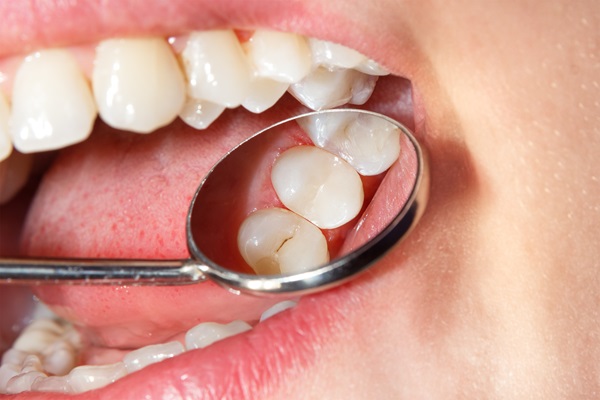How Does Scaling and Root Planing Work?

Scaling and root planing is often needed in order to treat and combat gum disease. The procedure is routinely done as almost everyone experiences some level of gum disease at one point or another. However, most people are unfamiliar with what exactly is involved. Read on to find out more!
A guide to scaling and root planing
Below is a quick overview explaining how scaling and root planing works. It can be helpful to review the following information when preparing for an appointment. Having an understanding will help to reduce anxiety and eliminate fears.
Scaling
The scaling part of the procedure involves the removal of both plaque and tartar above the gum line and below it too. The general dentist and hygienist will use special dental tools to clean and scrape out the area, making sure to reach even the bottom of the gum pocket. Scaling is essentially a deep dental cleaning that goes above and beyond a normal light cleaning procedure.
In a lot of cases, scaling and root planing procedures extend past one appointment. If there is a severe amount of plaque or tartar then the patient should expect to be at the dentist's office for up to two hours, just for the scaling. The root planing may require a separate visit.
Root planing
After scaling takes place, root planing is needed in order for the roots to reattach to the gums. Root planing involves the smoothing out of the tooth's roots. This is done with dental tools, which are used to gently relay the roots. This portion of the procedure may take up to two hours, as well; however, it all depends on the severity of the gum disease.
When plaque and tartar are present along or beneath the gum lines, the roots of the teeth can become compromised, which is why the procedure is necessary, to begin with. However, once the plaque and tartar have been removed, the roots need to be put back in place so that the soft tissues of the mouth can get back to being healthy.
What else to know
While scaling and root planing is necessary, a lot of patients are hesitant to undergo the procedure due to the fear of discomfort. However, what is important to know is that there is little to no pain felt. Modern-day dental technology allows patients to undergo a light anesthetic, which helps to reduce sensation, thus eliminating discomfort. Afterward, there may be some slight soreness, tenderness, and sensitivity. However, all of these feelings usually go away within a few days and can be remedied with over-the-counter pain medications.
Getting started with scaling and root planing
When preparing for scaling and root planing, it is best to consult with a general dentist. They can answer questions and answers, both of which may come up beforehand. To find out more about the procedure and what else is involved, reach out today!
Request an appointment here: https://totalcareimplantdentistry.com or call Total Care Implant Dentistry at (760) 394-3088 for an appointment in our Palm Desert office.
Check out what others are saying about our services on Yelp: Scaling-And-Root-Planing in Palm Desert, CA.
Recent Posts
Gum disease starts with the growth of bacteria in the mouth. When brushing or flossing does not remove this bacteria, harmful plaque accumulates and hardens into tartar. The collection of tartar along the gum line results in gingivitis, which can worsen into periodontal disease. Symptoms of this disease can be mild in the early stages,…
Gum disease affects many people from all walks of life. The first sign of this condition is bleeding gums. There is bleeding because your body is sending more blood to your gums to fight the infection. In this case, plaque formation remains even if you floss or brush. Tartar may already be forming in some…
Gum disease at any stage can be extremely dangerous to one's oral health. Long-term, it can even put the entire body's health at risk for developing other conditions. The first stage of gum disease is called gingivitis and it usually means that the infection has just developed along the gumlines. Ready to learn more?Outlined below…
According to a study from the CDC, about half of adults in the United States have some form of gum disease. It is a condition that can lead to a variety of oral problems like bad breath, bleeding and swelling. The advanced stage of gum disease, called periodontitis, has also been linked to health issues…


